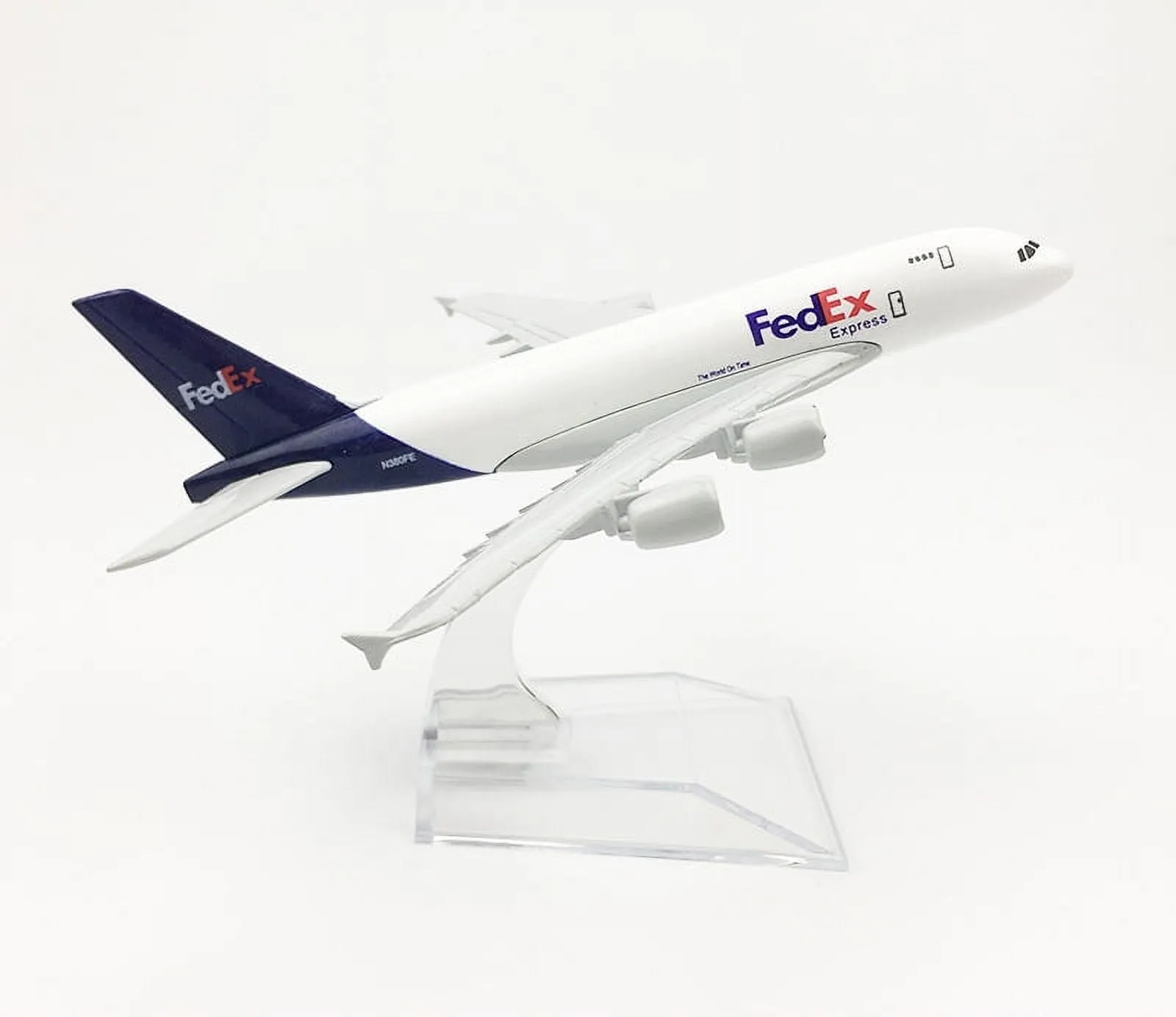What Are Airplane Toys Diecast Models
Airplane toys diecast models are miniature replicas of real-life aircraft, meticulously crafted using the die-casting process. This involves injecting molten metal, typically zinc alloys, into molds to create highly detailed and durable models. These models appeal to a broad audience, from children who enjoy playing with them to serious collectors who appreciate their accuracy and craftsmanship. The die-cast method allows for intricate designs and features, capturing the essence of various aircraft from different eras. The resulting models are known for their weight, the feel of quality, and the level of detail that is often unmatched by other types of toy airplanes. Diecast airplane models are more than just toys; they’re miniature pieces of aviation history.
Detailed Construction
The construction of these models is a complex process. The die-casting process allows for the creation of detailed parts that are then assembled with precision. These components are often painted and decorated with intricate markings, insignias, and details that accurately reflect the real aircraft. The level of detail can include everything from the rivets and panel lines to the cockpit instrumentation and landing gear. Manufacturers pay close attention to the correct scale, ensuring that the models accurately represent the dimensions of their real-world counterparts. Many models also feature moving parts, such as rotating propellers, retractable landing gear, and movable control surfaces, enhancing their realism and play value. The quality of the construction is a significant factor in determining the value and appeal of a diecast airplane model.
Materials Used
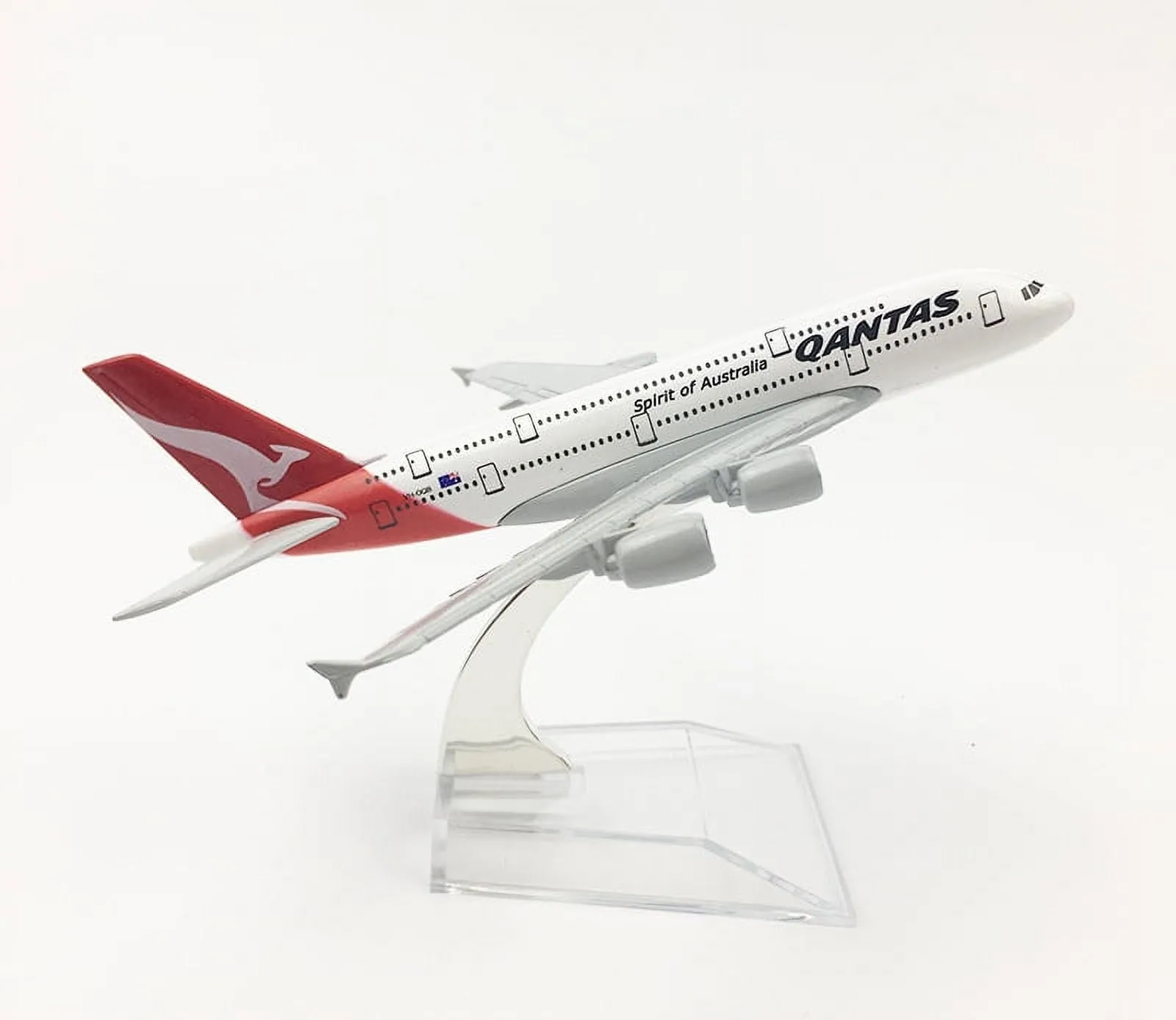
The primary material used in diecast airplane models is typically a zinc alloy, often referred to as zamak. This alloy is chosen for its ability to take fine details, durability, and weight, giving the models a substantial feel. Other materials such as plastic are also used for parts like wings, propellers, and landing gear, as well as for smaller details that are more easily manufactured using injection molding. The use of these materials allows manufacturers to create highly accurate and detailed replicas while maintaining a balance between cost and quality. Paints and decals are applied to add the final touches of realism. The quality of the materials is a critical factor in the model’s lifespan and the overall collector’s appeal. Different manufacturers will also use specific materials that provide unique properties for their product.
Historical Significance
Diecast airplane models offer a tangible connection to aviation history, providing a way to commemorate significant aircraft and events. Many models replicate iconic planes from World War I, World War II, the Cold War, and the modern era, allowing collectors to own a piece of history. Each model can represent a pivotal moment in aviation. They serve as educational tools, helping people learn about different aircraft, their roles, and their impact on the world. They provide a visual and tactile experience, enhancing the understanding and appreciation of the evolution of flight. Collectors can build a collection that reflects their interest in specific periods, aircraft types, or historical events. The historical significance is one of the key drivers behind the hobby.
Iconic Aircraft Replicas
Some of the most sought-after diecast models are replicas of iconic aircraft. These include legendary planes such as the Boeing 747, the Concorde, the Spitfire, the Mustang, and the various models of the Airbus. Manufacturers often collaborate with aviation museums and historical societies to ensure the accuracy of the models. Attention to detail includes correct paint schemes, markings, and other features that accurately represent the aircraft. These models not only appeal to aviation enthusiasts but also to those who appreciate design, engineering, and the history of flight. They are considered the crown jewels of many collections and often increase in value over time.
Popular Models
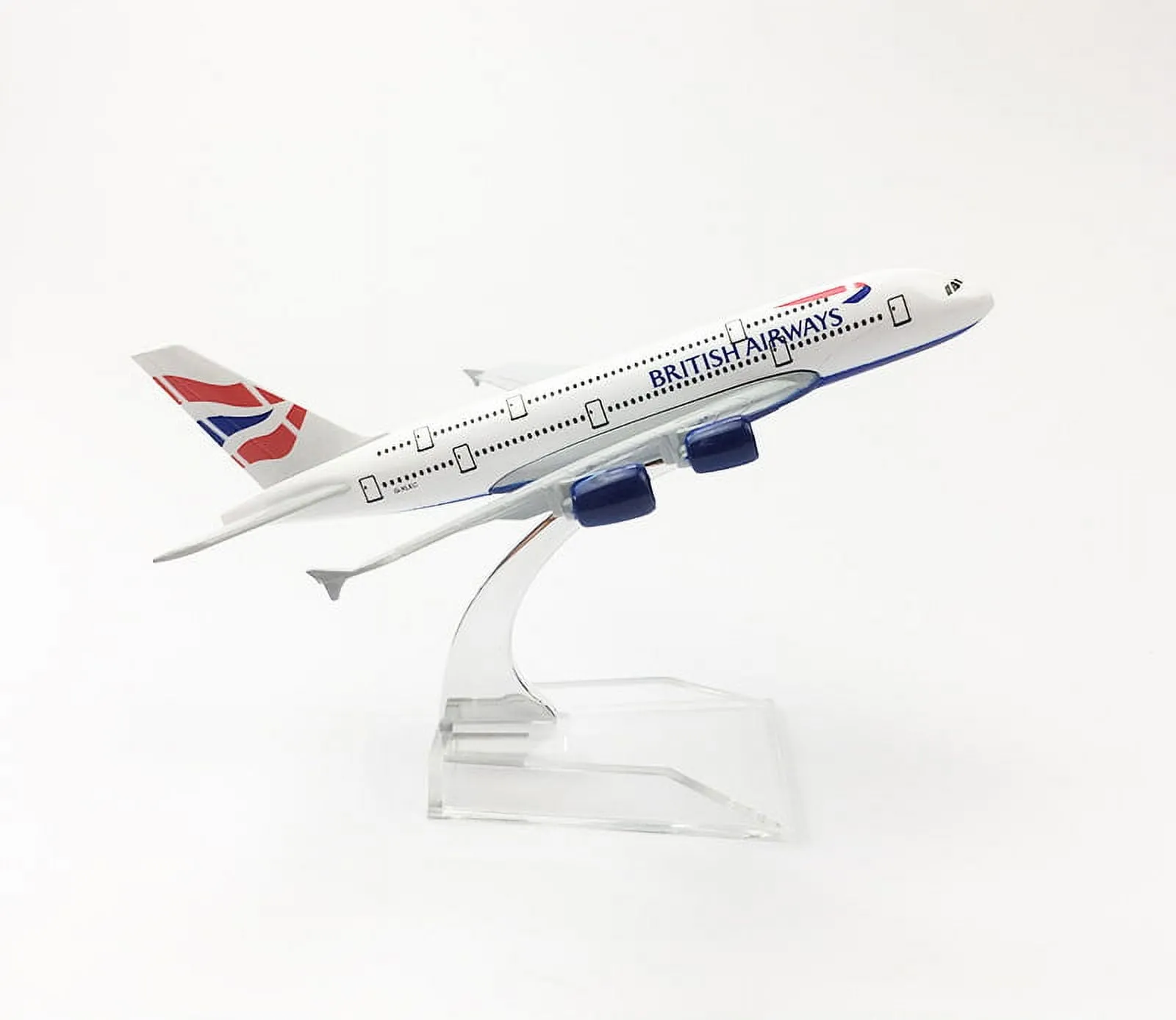
Certain diecast airplane models are consistently popular among collectors and enthusiasts. These are often the replicas of classic aircraft such as the Douglas DC-3, the Lockheed Constellation, and the various models of the Boeing 737. Military aircraft like the F-14 Tomcat, the F-16 Fighting Falcon, and the B-17 Flying Fortress also attract significant interest. Popularity can be driven by the aircraft’s historical significance, design, or role in popular culture, such as appearances in movies and TV shows. The popularity of a model is often influenced by its availability, the manufacturer’s reputation, and the level of detail. Models associated with specific airlines or air forces often hold special appeal to collectors.
Collector’s Items
Diecast airplane models have become valuable collectibles for a number of reasons. The limited production runs of certain models and the discontinuation of others often drive up their value over time. The accuracy and detail of a model, including features like precise paint schemes, authentic markings, and finely crafted components, can significantly impact its value. Some collectors focus on specific aircraft types, historical periods, or manufacturers, while others seek out rare or limited-edition models. The condition of the model, including its original packaging, also plays a crucial role in determining its collectibility and value. The market for diecast models can be active, with prices ranging from a few dollars to several hundred or even thousands of dollars for rare and highly sought-after pieces.
Factors Influencing Value
Several factors influence the value of diecast airplane models. Rarity is a major determinant, with limited-edition models and those produced in small quantities often commanding higher prices. The level of detail and accuracy of the model, as reflected in its paint scheme, markings, and features, is also essential. The original packaging, especially if it is in pristine condition, adds value. The condition of the model itself, including any damage or wear and tear, will also affect its worth. The manufacturer’s reputation and the quality of the materials used can also influence the perceived value. Finally, the demand for a particular model, influenced by its historical significance or popularity, is also crucial.
Rarity and Limited Editions
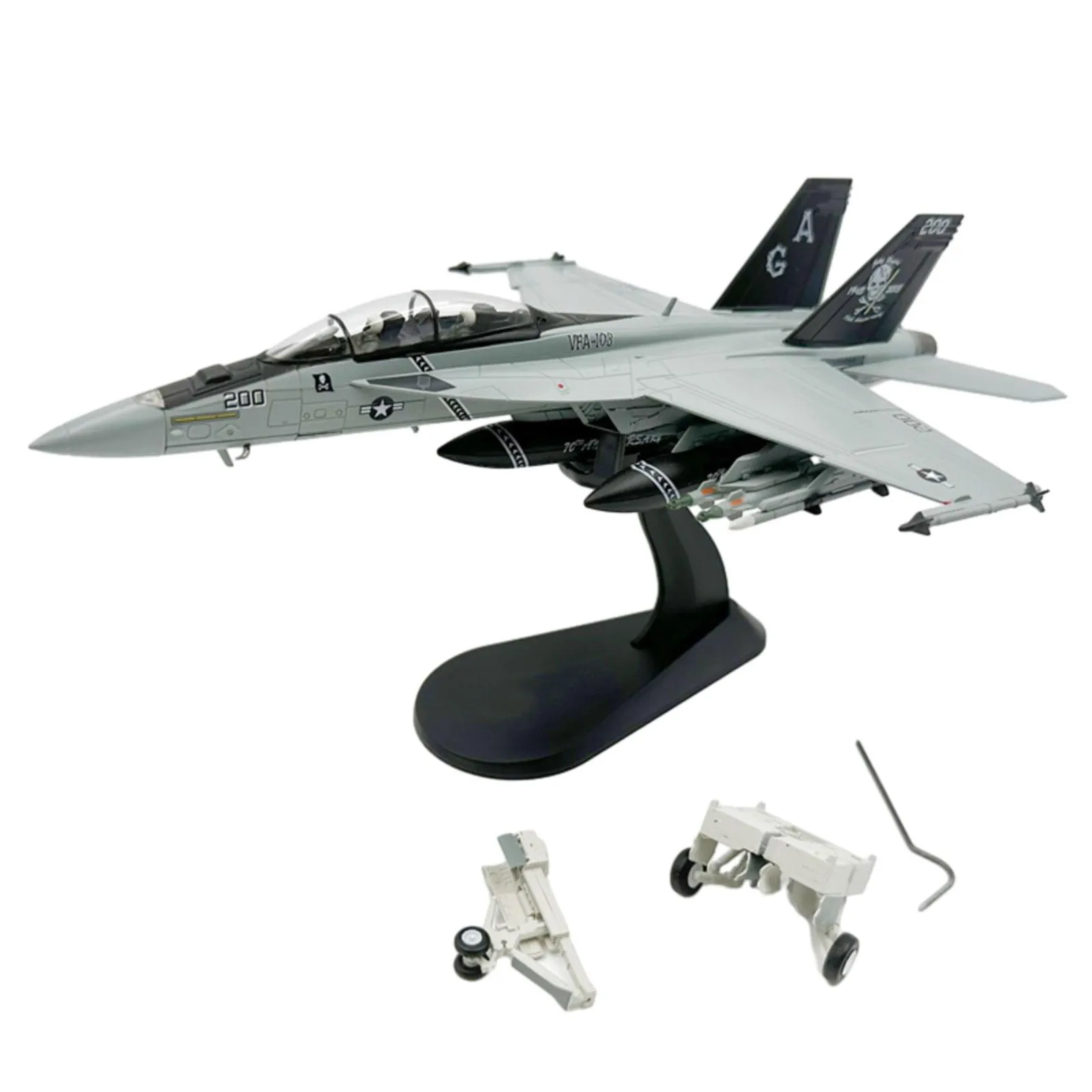
Rarity and limited editions play a significant role in the collector’s market for diecast airplane models. Manufacturers often produce limited runs of specific models, sometimes as special releases for particular events or anniversaries. These limited editions are highly sought-after by collectors who see them as valuable additions to their collections. The fewer the models produced, the more valuable they become. Special editions may feature unique paint schemes, markings, or packaging, making them even more appealing. The inclusion of certificates of authenticity and individually numbered models can also enhance their value. Tracking the production numbers and release details is essential for collectors seeking rare and valuable models.
Where to Buy Diecast Airplane Models
Diecast airplane models are available through various channels, catering to different preferences and levels of expertise. These models can be purchased through both online and brick-and-mortar stores, providing collectors with several options to explore and acquire their desired models. From major retailers to specialized shops, the opportunities to grow your collection are vast.
Online Retailers
Online retailers offer a convenient and extensive selection of diecast airplane models. E-commerce platforms like Amazon and eBay provide access to a wide variety of models from different manufacturers and sellers. Specialist online shops focused on model airplanes often have a deeper inventory and a more knowledgeable customer service. These retailers offer the convenience of browsing and purchasing from home, with detailed product descriptions, customer reviews, and often, competitive pricing. The ability to compare models from different sellers and read reviews is one of the major advantages. The selection and availability is usually larger than at a traditional store. However, it’s important to check the seller’s reputation and return policies before making a purchase.
Specialty Shops
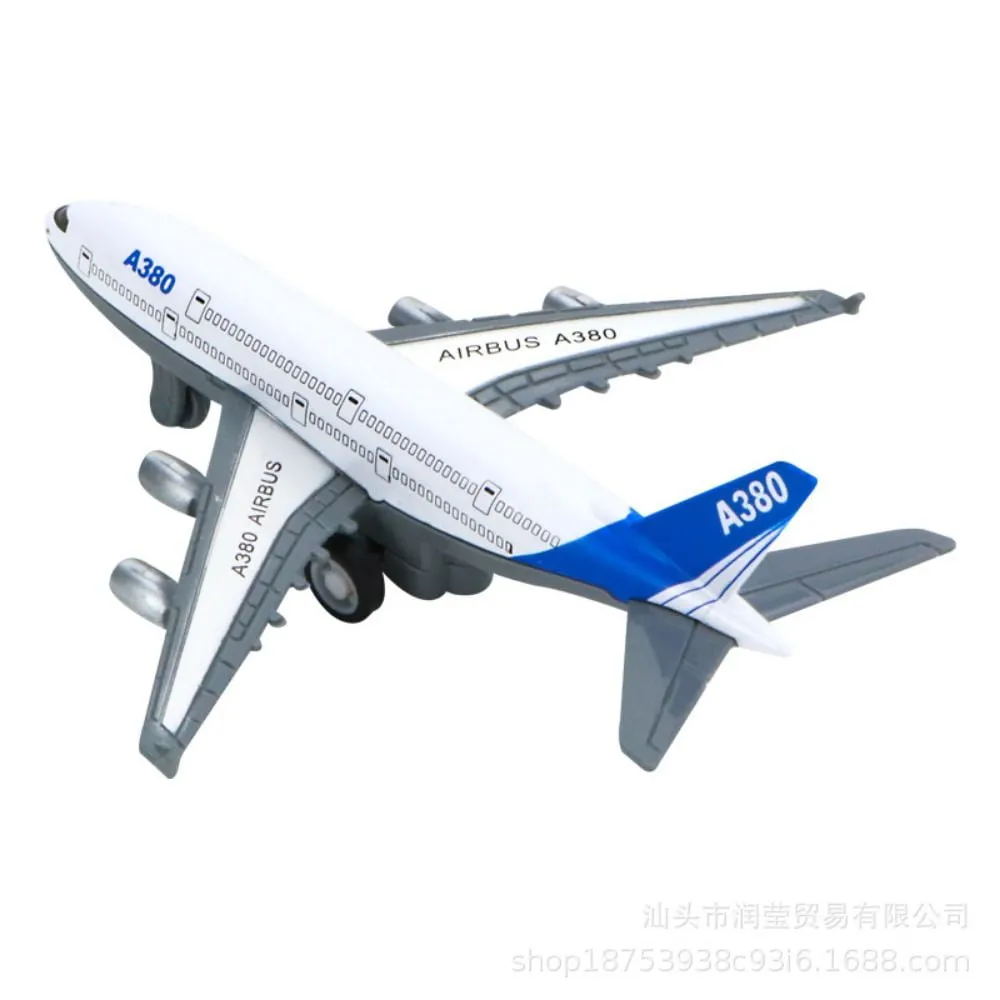
Specialty shops dedicated to model airplanes and collectibles provide a more personalized shopping experience. These shops often have a smaller, curated selection of models, with a focus on quality and specific interests, such as military aircraft or historical models. The staff in these shops usually have extensive knowledge about the models they sell and can offer expert advice to customers. They can provide insights into the history, value, and rarity of various models and help collectors make informed decisions. Specialty shops often host events, such as model shows and collector meetups, creating a community for enthusiasts.
Care and Maintenance
Proper care and maintenance are essential to preserving the condition and value of diecast airplane models. Regular cleaning, careful handling, and proper storage can prevent damage and ensure that the models remain in excellent condition for years to come.
Cleaning Your Models
Regular cleaning is essential for maintaining the appearance of diecast airplane models. Dust and debris can accumulate on the surface, dulling the paint and potentially damaging the model over time. Use a soft, dry brush or a microfiber cloth to gently remove dust and debris. Avoid using harsh chemicals or abrasive cleaners, as these can damage the paint and decals. For more stubborn dirt or grime, use a slightly damp cloth with a mild soap solution and gently wipe the surface. Make sure to dry the model completely after cleaning to prevent water spots. Consider using a specialized model cleaner for delicate details.
Proper Storage
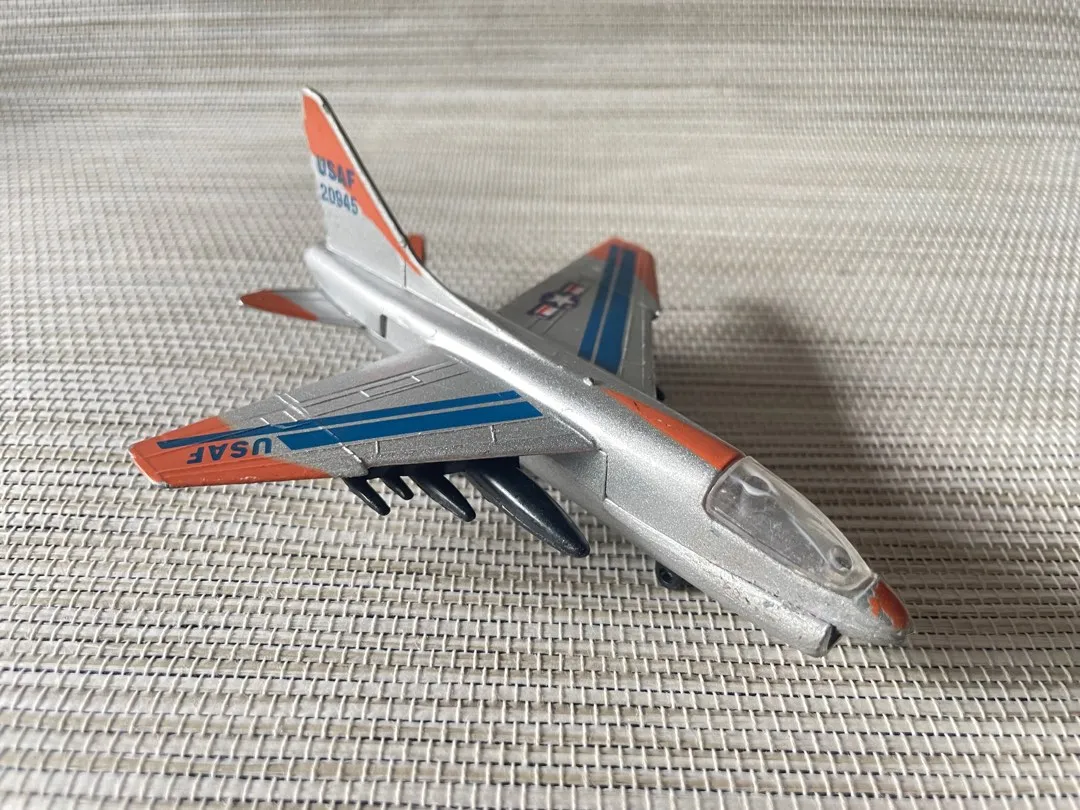
Proper storage is critical to protect diecast airplane models from damage. Keep models away from direct sunlight, excessive heat, and humidity, as these can cause the paint to fade or the models to warp. Store models in a cool, dry place. Consider using display cases or boxes to protect the models from dust and accidental damage. If storing models in a box, wrap them in soft materials like tissue paper or bubble wrap to prevent scratches. Regularly inspect your models for any signs of damage or deterioration and take steps to address these issues promptly.
Enhancing Your Collection
There are several ways to enhance and showcase a diecast airplane model collection. From creative display ideas to engaging with other collectors, you can transform your collection into an impressive display and find new ways to appreciate your hobby.
Display Ideas
Creative display ideas can significantly enhance the appeal of a diecast airplane model collection. Display cases, with or without lighting, offer a great way to showcase your models while protecting them from dust and damage. Arrange models by type, era, or airline for a visually appealing display. Consider using model stands to create a sense of flight. Use a themed approach by creating dioramas that depict historical scenes or airport settings. Experiment with different display arrangements and lighting to highlight the details of each model and create an engaging visual experience. Rotate the models on display periodically to keep things fresh and interesting.
Joining a Collectors Club
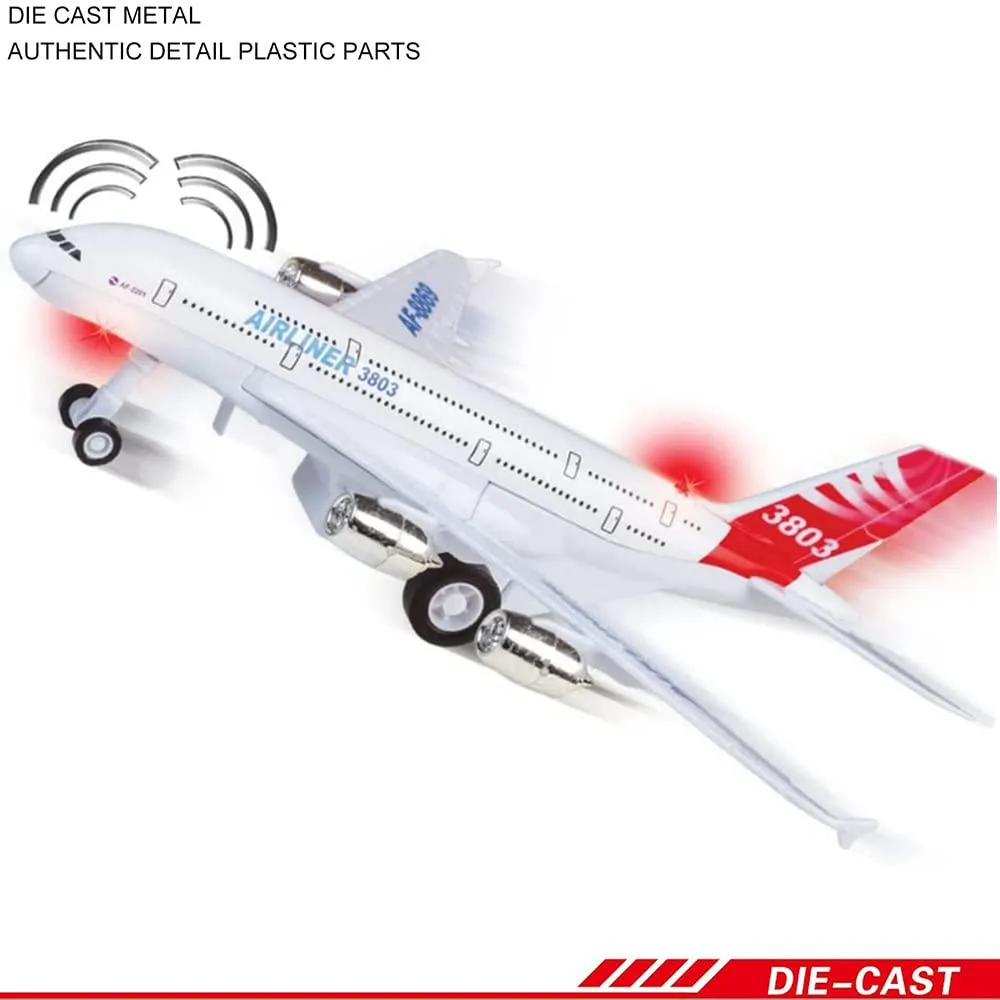
Joining a collectors club can provide a rewarding experience for those passionate about diecast airplane models. Collectors clubs provide a platform for networking with fellow enthusiasts, sharing knowledge, and exchanging models. Many clubs host meetings, events, and model shows where members can display their collections, learn from experts, and participate in discussions. Membership often provides access to exclusive information, discounts on models and accessories, and opportunities to acquire rare or limited-edition pieces. Joining a club enhances the enjoyment of collecting and fosters a sense of community among people who share the same interest. Look for clubs online or at local hobby shops.
